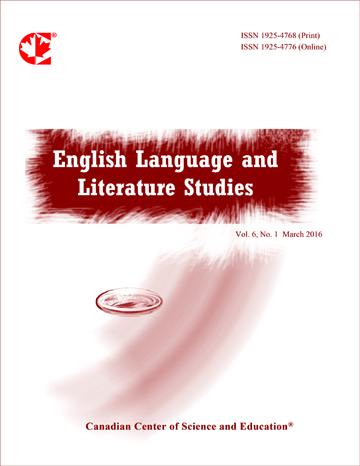Captive and Free: An Interpretation of Human Reality in the Novels of Joyce Cary
- Imam Khan
Abstract
The novelist, Joyce Cary, appears to accept human being as free, who is apparently captive, his footing on which his art of novel writing is constructed. It is his one of the inspirations and his source of creation. He projects society as the background of his novels. Protagonists and other characters find themselves at odds with the society. A consistency between free and captive has been very much schematic throughout the novels presenting his point of view. Consequences start moving from intuition to concept. His characters are flat as well as round ones. Moreover, they are free as well as captive. They are peopled with two types of human beings who may be termed as the captive and the free. However, they are real. They are humane. The wholeness of objectivity is very much schematic. The artist in Cary tries to cut deep through the encrustations of facts and life to get at the heart of the truth and reality. However, reality, human reality, appears to be perceptive. Hence, this research paper tries to investigate the purpose of the reality of society in general and reality of human beings in particular. It aims at finding out what reality is for the novelist in question. How the novelist perceives it. In addition, how the different characters of his novels do experience the reality of life?
- Full Text:
 PDF
PDF
- DOI:10.5539/ells.v6n4p98
